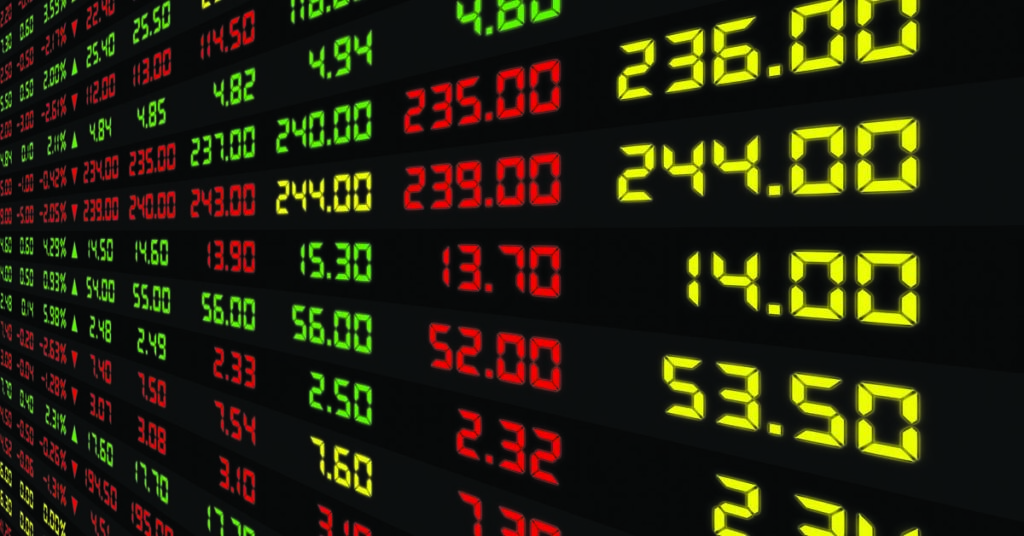What is Margin in trading?

Margin Trading.
In trading, margin refers to the amount of money or collateral that a trader must deposit in order to open and maintain a leveraged position. Leveraged positions allow traders to trade with more money than they have in their account, by borrowing the additional funds from their broker.
When a trader opens a leveraged position, they must deposit a portion of the total value of the trade as collateral, known as the margin requirement. The margin requirement is a percentage of the total value of the trade and can vary depending on the security and the broker. For example, if a trader wants to buy $10,000 worth of a stock and the margin requirement is 10%, the trader would need to deposit $1,000 as collateral.
The collateral deposited by the trader is held in a margin account and can be used by the broker to cover any potential losses on the trade. If the trade goes against the trader and the value of the position falls below a certain level, known as the maintenance margin, the trader may be required to deposit additional funds or the position may be closed.
Margin trading allows traders to potentially make larger profits, but it also increases the risk of losing more than the trader’s initial deposit. Therefore, it’s important for traders to understand and manage the risks associated with margin trading.
Traders should also be aware of the margin call, which occurs when the value of the trader’s account falls below the minimum margin requirement. When this happens, the broker will require the trader to deposit additional funds or close out some or all of their positions.
In conclusion, margin refers to the amount of money or collateral that a trader must deposit in order to open and maintain a leveraged position. Leveraged positions allow traders to trade with more money than they have in their account, by borrowing the additional funds from their broker. It’s important for traders to understand and manage the risks associated with margin trading and be aware of the margin call and maintenance margin levels.




Responses